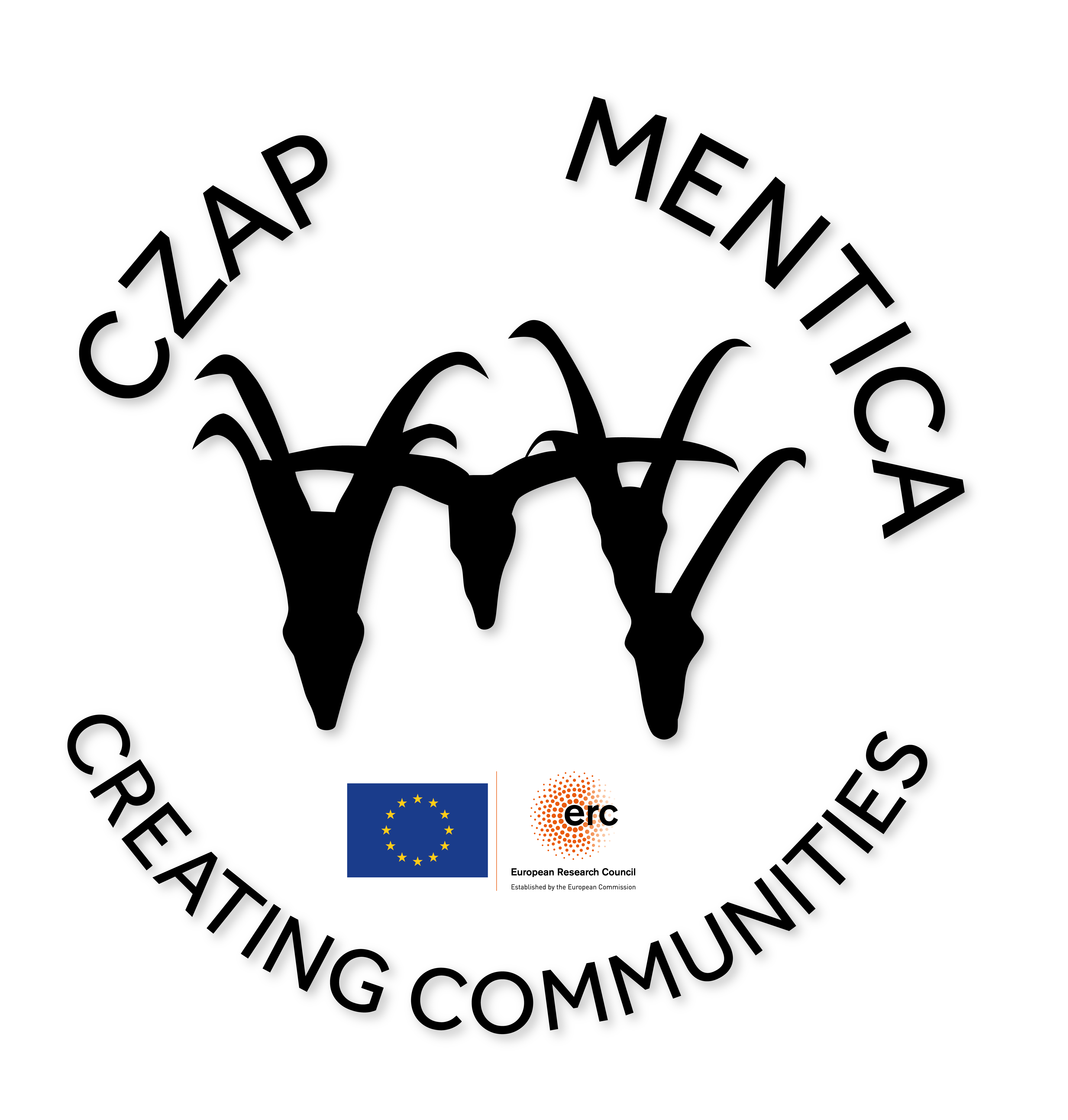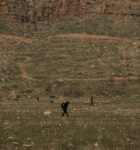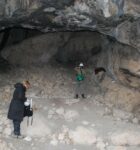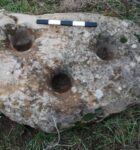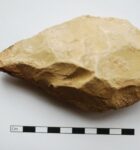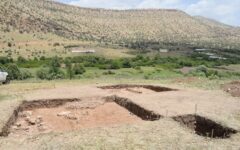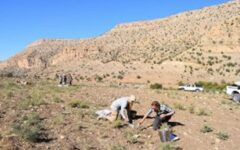The project permit issued by the Directorates of Antiquities and Heritage in Erbil and Sulaimaniyah allows for archaeological survey by the CZAP team in a region 15 x 15km, with the Chemi Rezan valley of Zarzi located in the north of the survey region.
In 2021, we worked in the region of Zarzi Cave for two days. At Zarzi Cave itself we systematically collected chipped stone materials on the cave talus and lower slopes. These lithics all appear to date to the Epipalaeolithic period.
An open air site (Zagros Survey ZS3, now named Zawi Chami Razan) is situated across the Chemi Tabin river from Zarzi Cave on a low knoll overlooking the river. We located this open-air site during a survey season in January 2013. In the 2021 season we conducted systematic surface survey of the site; significant quantities of ground stone tools including boulder mortar pieces were recovered across the site. We excavated a 2 x 2m sounding at Zawi Chami Razan. A line of stones may be the remnants of a wall and lithic finds from this sounding indicated occupation of Epipalaeolithic date.
Returning to the site in May 2022, a small Iraq-UK Project team conducted a two-week season of excavations open-air site of Zawi Chami Razan (Zagros Survey site ZS3), expanding on the investigations in 2021. Four trenches have revealed substantial evidence for food preparation and craft activities. Our survey of the site in 2013 identified a large boulder mortar (discussed in our Open Access monograph). Further survey and excavations have found numerous boulder mortars and stone pestles, stone structures, and food debris such as burnt animal bone, snail shell and crab claw.
